Philbrook opens major exhibition of Islamic Art
Unknown, Double Portrait of Mughal Emperor Shah Jahan (1592–1666) and Empress Mumtaz (1593–1631), India, late 19th century, late Mughal Period (1526–1857) or British Raj Period (1858–1947). Colors and gold on ivory (painting) gold, wood, brass (frame). Newark Museum Bequest of J. Ackerman Coles.
TULSA, OKLA.- Bringing together both historic and contemporary objects from the deep collection of the Newark Museum—Philbrook Museum of Art’s summer 2019 exhibition showcases the history and breadth of Islamic art.
Featuring more than 150 works from over 1200 years, Wondrous Worlds: Art & Islam through Time & Place reflects aspects of the faith, culture, and everyday lives of Muslims across the world and throughout the ages. This exhibition was organized by the Newark Museum and opened Sunday, June 23, 2019.
The exhibition features works in a wide range of media, including textiles, clothing, furniture, metalwork, paintings, photographs, and calligraphy.
Unknown, Khavar Shah Celebrates the Reunion of Mihr and Mah Folio from a dispersed Romance of Mihr, India, 1719, Muhammad Shah Reign (1719–48), late Mughal Period (1526–1857). Paper, gold, colors. Newark Museum Gift of Herman A. E. Jaehne and Paul C. Jaehne.
Objects in the exhibition reveal both mastery and depth of materials and also the integration of faith into everyday life. For example, elaborate jewelry and portraits on ivory show how artists incorporated symbols of faith into adornment for the body. Ceramics from China and Iran as well as vibrant textiles from Africa underscore the importance of trade and the history of Islam across the world.
“Philbrook is proud to present the largest show of Islamic art ever shown in Oklahoma,” said Philbrook Director Scott Stulen. “In these divisive times, when our differences often dominate the headlines, this exhibition makes clear that we have far more in common, while providing an invaluable opportunity to bring the community together and create lasting connections.”
Unknown, Portrait of a Beauty, India, late 19th century, late Mughal Period (1526–1857) or British Raj Period (1858–1947). Colors and gold on ivory (painting), ebony, copper, glass (frame). Newark Museum Gift of Dr. J. Ackerman Coles.
The first section of Wondrous Worlds introduces the Five Pillars of Islam—Declaration of Faith, Daily Prayers, Charity, Fasting for Ramadan, and the Hajj Pilgrimage—to provide context and a distinctive view into the function and cultural histories of the objects on display.
“In Wondrous Worlds, we glimpse artistry from places as diverse as Morocco, Turkey, India, China, Burkina Faso, and the United States–locations tied together by the Islamic faith,” said Philbrook Curator Susan Green. “The mastery and exquisite craftsmanship of the objects draws us in, and through these objects, we can discover stories of faith, use, and culture that can help us understand our world today.”
Throughout the run of the exhibition, Philbrook will present a wide variety of programming, partnering with the local community groups for talks, tours, lectures, and more
Unknown, Layla with Female Attendants in a Walled Garden Folio from a dispersed Layla and Majnun, India, Deccan, Mughal Period (1526–1857). Colors and gold on paper. Newark Museum Gift of Sally Sample Aall.
Unknown, Portrait of Mughal Emperor Aurangzeb (1618–1707), India, late 17th or early 18th century, Mughal Period (1526–1857). Paper, gold, colors. Newark Museum Gift of Herman A. E. Jaehne and Paul C. Jaehne.
Unknown, Reading the Miracle of Splitting of the Moon (Shaq-ul-Qamar), Deccan, India, ca. 1780, Mughal Period (1526–1857). Paper, gold, colors. Newark Museum Gift of Herman A. E. Jaehne and Paul C. Jaehne.
Unknown artist from India. Illustrated portions of the Khamsa Nizami: Iskandar Nama and Makhzan al-Asrar written in Farsi language with Nasta’liq script, 1526–1857. Leather, ink, colors, and gold, 14 ½ x 9 ¼ x 1 ¾”. Newark Museum, Gift of the Society for Foreign Mission Welfare, 1955, 55.270.
Unknown, Inscribed Islamic Prayer Board (Lawh) with Cypress, Fish, Jewels and Lotus Motifs, Algeria, early 20th century. Wood, paint. Newark Museum Gift of John Cotton Dana.
Unknown, Portfolio with Eight-Pointed Star and Geometric Motifs, Algeria, before 1928. Leather, gold. Newark Museum Purchase.
Unknown, Inscribed in Thuluth Script, Hand of Fatima Charm with Six-Pointed Star, Algeria/Morocco, before 1928. Brass. Newark Museum Purchase.
Unknown, Qu’ran Container with Geometric Designs, Egypt, before 1929. Brass. Newark Museum Purchase.
Unknown, Inscribed Eating Knife and Sheath with Calligraphy and Foliate Motifs. Turkey, Ottoman Period (1299–1922). Steel, gold. Newark Museum Bequest of Ambrose E. Vanderpoel.
Unknown, Kris Nagasasra (Nine-Curve) Dagger with Foliate Hilt Boat-Shaped Scabbard Mouth, Repoussé Tree of Life Foliate Scabbard, Java, Indonesia, 19th century. Steel, brass, meteoric iron, wood. Newark Museum Purchase.
Unknown, Pen Case and Inkwell with Foliate Motifs, Malaysia or Indonesia, 19th century. Incised brass. Newark Museum Gift of Alice Roff Estey.
Unknown, Inscribed Astrolabe Adorned with Symbols of the Zodiac, Angels Elevating a Crown and Horse Head, Egypt, 1863. Brass. Newark Museum Purchase.
Unknown, Ewer in the Shape of a Mythic Goose and Makara with Floral Motifs, India, 17th –18th century, Mughal Period (1526–1857). Brass. Newark Museum Gift of Dr. David R. Nalin.
Unknown, Bidriware Lidded Ewer and Betel Set with Floral Motifs. India, late Mughal Period (1526—1857). Bidri (silver inlaid into a copper-zinc alloy). Newark Museum. Gift of Dr. Nathaniel Knight, 2013, 2013.17.1A,B-17A,B. Acquired by his Medical Missionary Great Grandfather Dr. Herbert Wilcox Knight in India between 1916 and 1926.
Unknown, Inscribed Coffeepot and Cups, Algeria, before 1928. Brass, copper, silver. Newark Museum Purchase.
Unknown, Rosewater Sprinkler with Foliate Motifs, Malaysia, 19th century. Silver. Newark Museum Purchase.
Unknown, Comb with Eight-Pointed Star, Floral and Knot Designs, Morocco, before 1930. Silver. Newark Museum Purchase.
Unknown, A Single Earring with Floral Motifs (double sided image), Iran, Qajar Period (1789–1925). Iron, gold. Newark Museum Purchase.
Unknown, Jhumar Hair Ornament with Hand of Fatima, Crescent, Eight-Pointed Stars, Peacock and Floral Motifs, India, Jaipur 18th century, Mughal Period (1526–1857). Basra pearls, emeralds, spinels, diamonds, enamel, gold. Newark Museum Purchase.
Unknown, Molded Kalian Hookah Base with Arabesque and Floral Motifs, Iran, early 17th century, Safavid Period (1501–1722). White clay body with green glaze, metal. Newark Museum Gift of Herman A. E. Jaehne and Paul C. Jaehne.
Unknown, Bookstand (Rehal) with Geometric Motif, Turkey, before 1920, Ottoman Period (1299–1922). Wood, bone, mother-of-pearl, metal wire. Newark Museum Gift of Dr. J. Ackerman Coles.
Sondouq Bridal Chest with Architectural and Floral Motifs. Morocco, 20th century. Wood, colors; H: 27 inches, W: 55 inches, D: 16 1/2 inches. Newark Museum. Purchase, 1978, 78.15.
Unknown, Man’s Sawari Coat with Boteh and Woven Floral Motifs, India, Kashmir, late 18th or early 19th century, Mughal Period (1526–1857). Tapestry-woven silk, metal-wrapped threads. Newark Museum Gift of Mrs. August Gilbert Buse.
Unknown, Man’s Kaftan with Woven Boteh and Floral Motifs. Iran, Nasir Al-Din Shah Reign (1848–96), Qajar Period (1789–1925). Jacquard-woven wool, silk brocade with silver-wrapped threads, gold braiding, velvet and silk lining. Newark Museum. J. Ackerman Coles Collection Museum Purchase, 1928, 28.106.
Unknown, Horse Cape with Embroidered and Ikat Dyed Floral Motifs, Uzbekistan or Tajikistan, late 19th or early 20th century. Silk, velvet, metallic thread, metal sequins. Newark Museum Purchase.
Unknown, Knotted Prayer Rug with Mihrab, Hanging Oil Lamp, Floral and Geometric Motifs, Egypt, 1600–25, Ottoman Period (1299–1922). Wool, silk. Newark Museum Gift of Mary Vanderpool Pennington.
Unknown, Pendak Skirt with Woman and Sheep and Floral Motifs, Java, Indonesia, before 1923, Netherlands East Indies Period (1800–1942). Cotton, resist-wax print (batik). Newark Museum Gift of Dr. H. H. Rusby.
Burkina Faso, Portrait of Alhaji Shehu Muhammad Kangiwa with Olive Leaf Wreaths, late 20th century. Factory printed cotton. Newark Museum Gift of Jo M. Sullivan.
Burkina Faso, Textile of Crescent Moon and Stars, late 20th century. Factory printed cotton. Newark Museum Purchase.
Unknown, Textile of Agadez Mosque and Tuareg Figure, Niger, 1982. Factory printed cotton. Newark Museum Gift of Amy Albertson Greene.
Unknown, Khayamiya Panel with Calligraphic, Geometric and Architectural Motifs, Cairo, Egypt, before 1929. Cotton appliqué. Newark Museum Purchase.
Unknown, Molded Luster Tile with Sentence Fragment in Raised Calligraphy, Floral and Geometric Motifs, Kashan, Iran, first half of the 13th century. Molded fritware polychrome painted over white slip under transparent glaze. Newark Museum Purchase.
Unknown, Molded Eight-Pointed Star Tile with Wild Ass (Onager) Leaping a Fishpond Surrounded by Calligraphic and Floral Motifs, Iran, late 13th century – early 14th century. Molded fritware polychrome painted over white slip under transparent glaze. Newark Museum Purchase.
Unknown, Wall Border Tile with Green Saz Leaves, Turquoise Palmette Section with Red-and-White Carnation and White-and Red Daffodil, Iznik, Turkey, late 16th or early 17th century, Ottoman Period (1299–1922). Fritware polychrome painted over white slip under transparent glaze. Newark Museum Purchase.
Unknown, Wall Tile with Turquoise Saz Leaf, Blue Hyacinth and Sections of Red and Blue Palmettes, Iznik, Turkey, late 16th or early 17th century, Ottoman Period (1299–1922). Fritware polychrome painted over white slip under transparent glaze. Newark Museum Purchase.
Unknown, Molded Luster Tile with Raised Braided Border and Cowherd Witnessing a Lion Attack a Calf against a Floral Background, Iran, first half of the 13th century. Molded fritware polychrome painted over white slip under transparent glaze. Newark Museum Gift of Mary Vanderpool Pennington.
Unknown, Luster Lobed, Molded Rim Bottle with Figural, Geometric, Calligraphic and Floral Motifs, Kashan, Iran, 13th century, late Abbasid Period (750–1258). White paste clay body with white, blue, and luster glazes. Newark Museum Bequest of Adelaide Kauffmann.
LEFT: Unknown, Narrow-Neck Jug with Calligraphic and Geometric Motifs, Rayy or Kashan, Iran, 12th century. White paste body with black slip and turquoise glaze. Newark Museum Bequest of Adelaide Kauffmann.
RIGHT: Unknown, Footed Bowl with Incised Geometric Motif, Rayy, Iran, 12th – 13th century. White paste body with black slip and turquoise glaze. Newark Museum Gift of Susan Dwight Bliss.
Unknown, Jobbana Covered Jar with Interlocking Ring Motifs, Morocco, late 18th – early 20th century. Earthenware with white, blue, yellow and turquoise glazes. Newark Museum Purchase, The Member’s Fund.
Unknown, Ceiling Ornament with Foliate Motifs, Kutahya, Turkey, 17th century Ottoman Period (1299–1922). Fritware polychrome painted over white slip under transparent glaze. Newark Museum Gift of Mary Vanderpool Pennington.
Unknown, Bowl with Eight-Pointed Star, Floral and Geometric Motifs, Morocco, late 18th century – early 19th century. Earthenware with aqua, blue, and yellow glazes. Newark Museum Purchase, Eva Walker Kahn Bequest Fund.
Unknown, Three Varieties of Twelve Birds, Four Long-horned Ibex, and Four Mythical Quadrupeds with Floral and Calligraphic Motifs on a Bowl, Nishapur, Iran, 9th–10th century. Buff clay body with dark brown slip and yellow, green and clear glazes. Newark Museum Purchase.
Unknown, Bowl with Geometric and Foliate Motifs and Three-Color Glazes, Eastern Iran, 9th–10th century, Abbasid Period (750–1258). Incised design in red clay body with white slip, and green, yellow, purple-brown and clear glazes. Newark Museum Purchase.
Unknown, Red Carnations, Blue Tulips, Red Hyacinth and Blue Saz Leaf on a Dish with an “S”- Pattern and Double-Scrolled Rim, Turkey, 18th century, Ottoman Period (1299–1922). Fritware polychrome painted over white slip under transparent glaze. Newark Museum Purchase.
Unknown, Luster Hispano-Moresque Dish with Bird and Foliate Motifs, Spain, possibly Valencia, 1550–1650. Earthenware with luster glaze. Newark Museum Purchase.
Vase with Lotus Motifs and Silver Tiffany Mount. China, Qing Dynasty (1644–1911) (ceramic); Newark, New Jersey, early 20th century (silver mount). Porcelain with under-glaze cobalt blue, silver. Newark Museum. Gift of Herman A. E. Jaehne and Paul C. Jaehne, 1941, 41.1793.
Unknown, Ewer Imitating a Middle Eastern Metal Form with Lotus Motifs and Silver Tiffany Lid. China, Qing Dynasty (1644—1911) (ceramic); Newark, New Jersey, early 20th century (silver mount). Porcelain with under-glaze cobalt blue, silver. Newark Museum. Gift of Herman A. E. Jaehne and Paul C. Jaehne, 1941, 41.1882.
Lalla Essaydi (b. 1956, Morocco; active in the United States and Morocco). Harem #1, 2009. Chromogenic print mounted to aluminum, 40 x 30”. Newark Museum, Purchase 2011 Alberto Burri Memorial Fund established by Stanley J. Seeger, 2011.7.1A-C.

/https%3A%2F%2Fprofilepics.canalblog.com%2Fprofilepics%2F1%2F0%2F100183.jpg)
/https%3A%2F%2Fstorage.canalblog.com%2F03%2F02%2F119589%2F96711876_o.jpg)
/https%3A%2F%2Fstorage.canalblog.com%2F11%2F31%2F119589%2F94773502_o.jpg)
/https%3A%2F%2Fstorage.canalblog.com%2F20%2F83%2F119589%2F94772815_o.jpg)
/https%3A%2F%2Fstorage.canalblog.com%2F26%2F72%2F119589%2F75604929_o.jpg)
/https%3A%2F%2Fstorage.canalblog.com%2F59%2F60%2F119589%2F26458628_o.jpg)
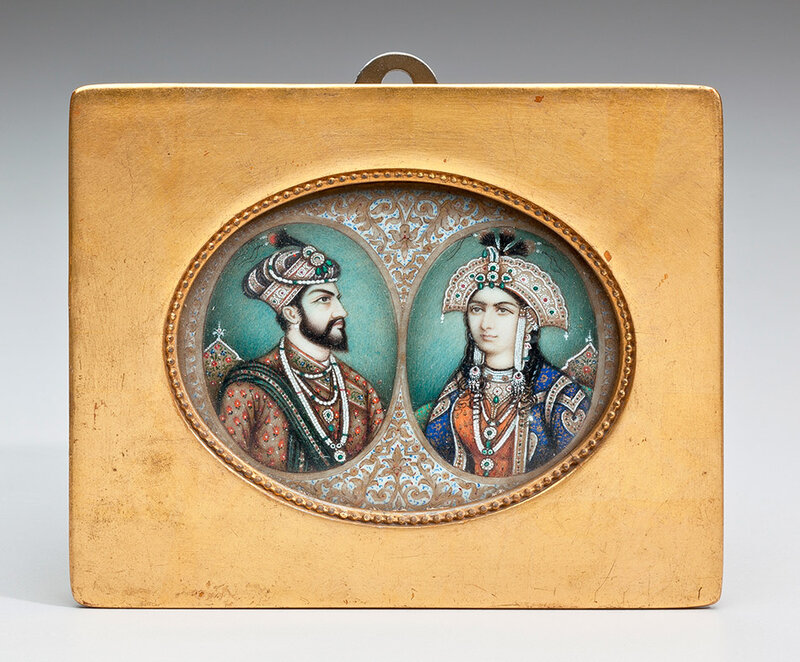




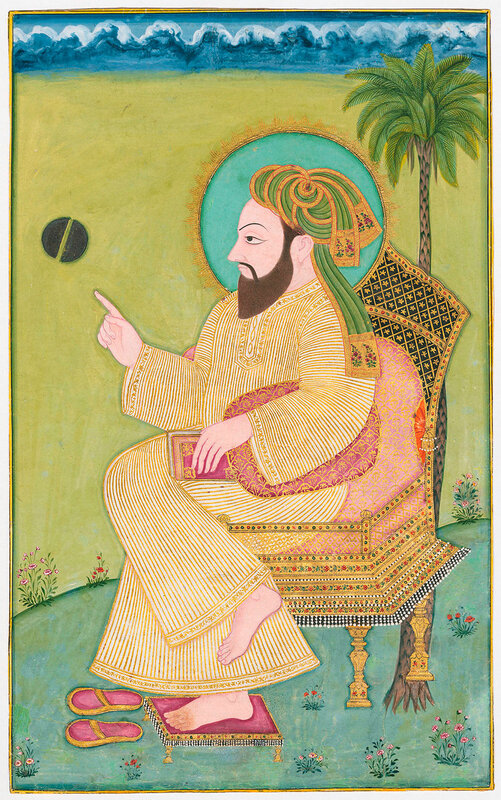

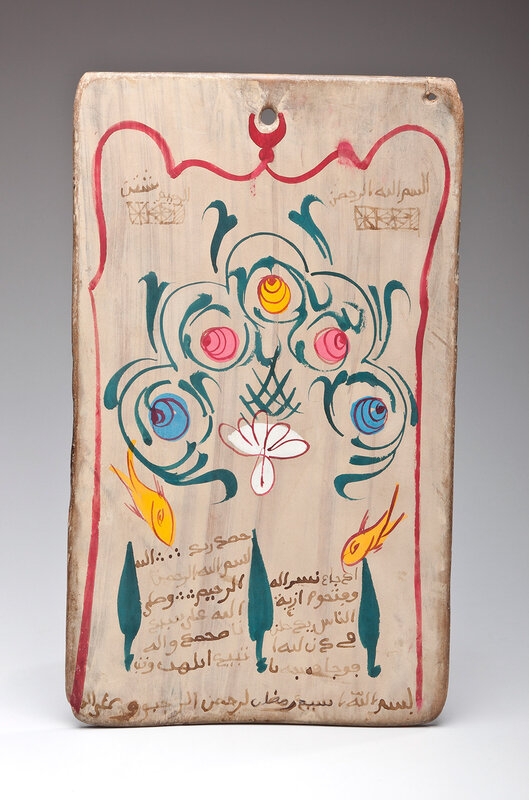
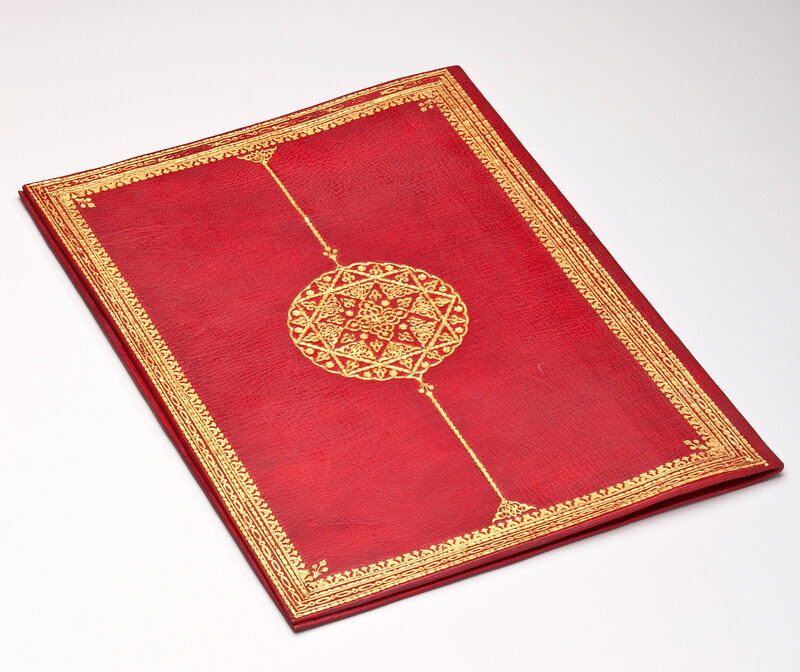







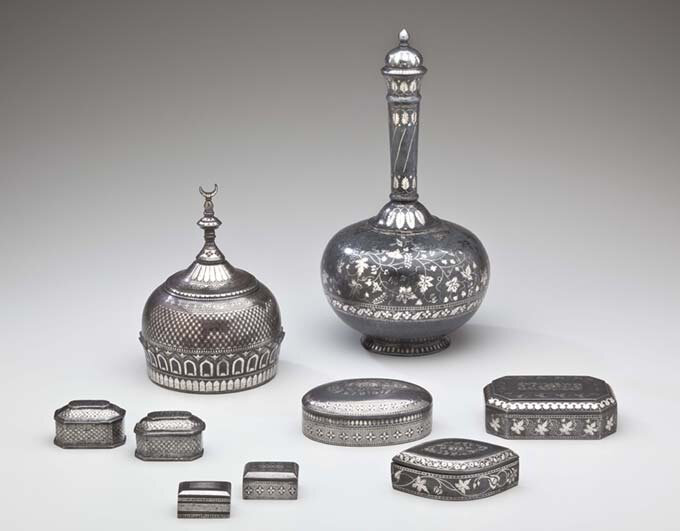


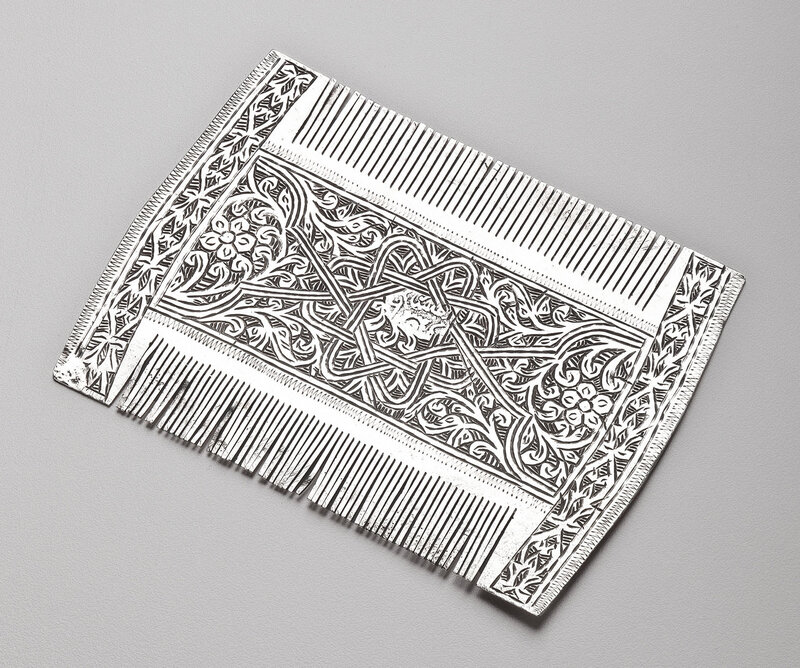
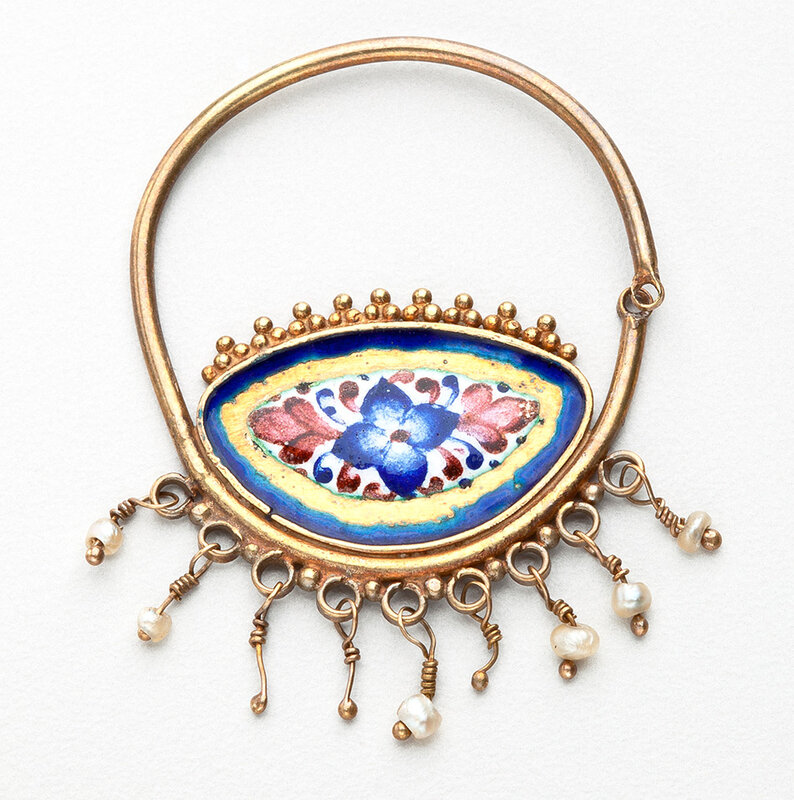









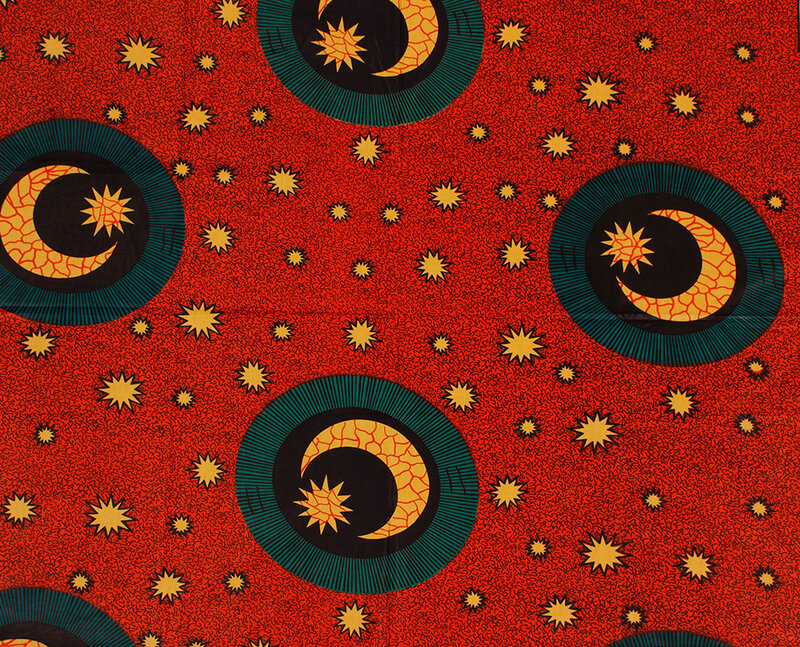
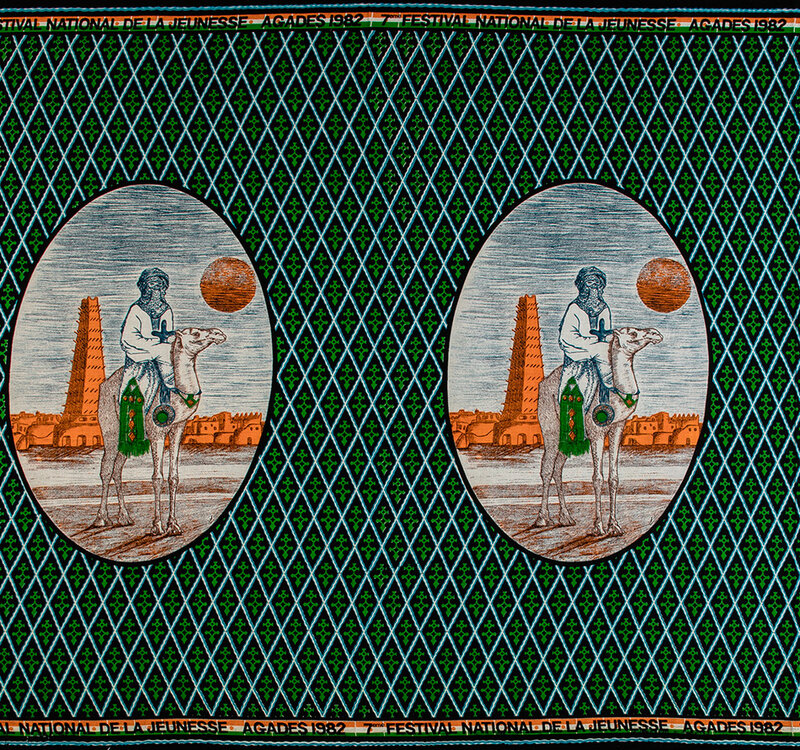

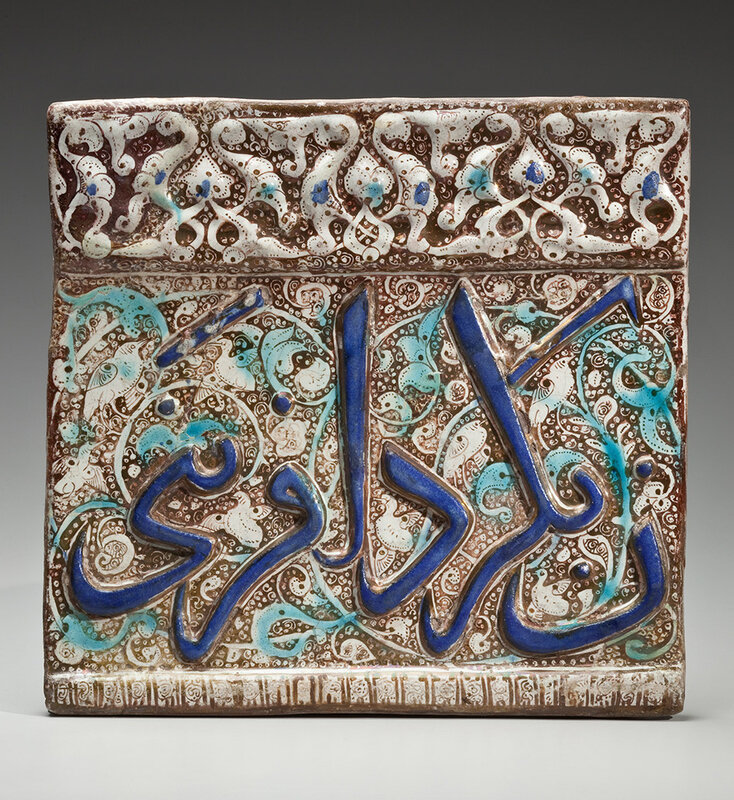


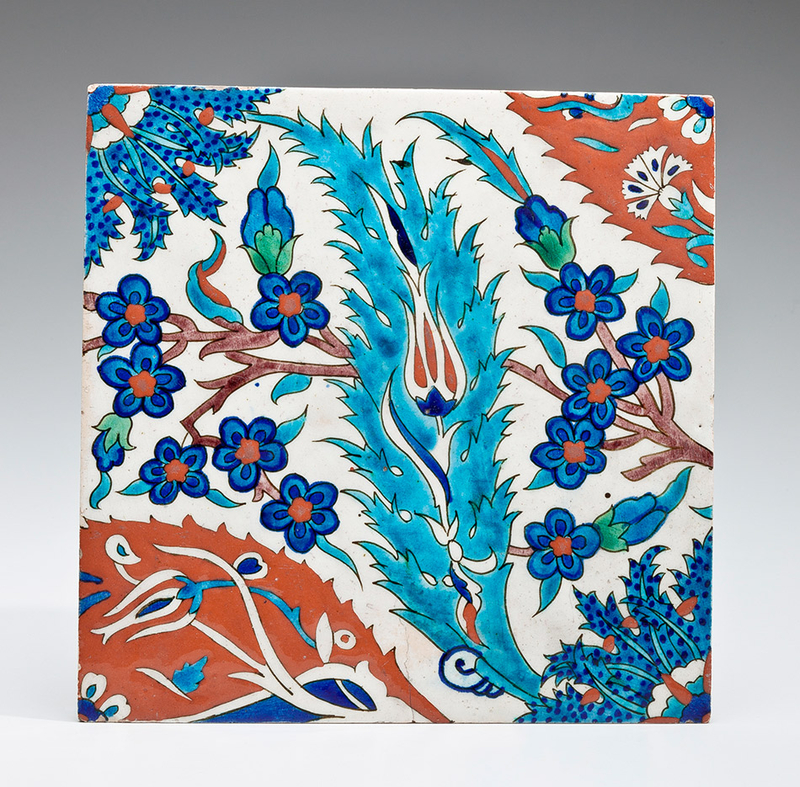
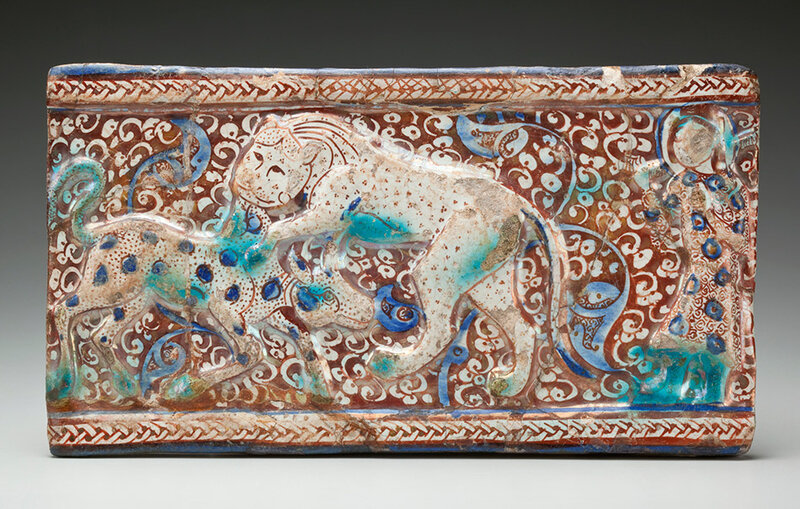








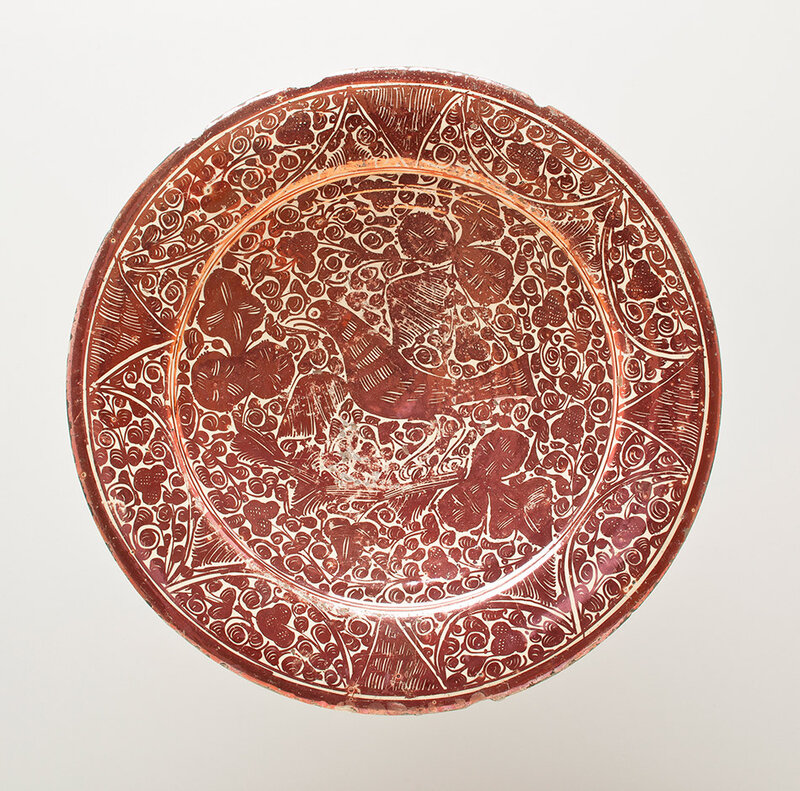





/image%2F1371349%2F20240423%2Fob_b2fe42_telechargement-9.jpg)
/image%2F1371349%2F20240423%2Fob_af8bb4_telechargement-6.jpg)
/image%2F1371349%2F20240423%2Fob_b6c4a6_telechargement.jpg)
/image%2F1371349%2F20240423%2Fob_981d5f_h22891-l367411650-original.jpg)